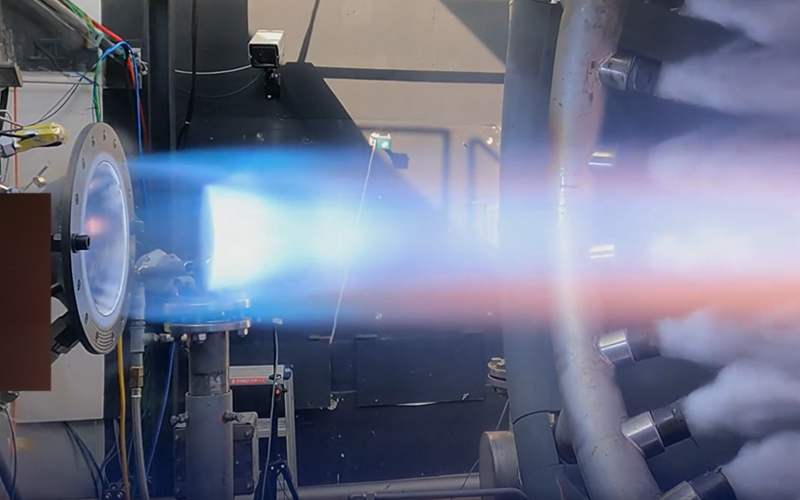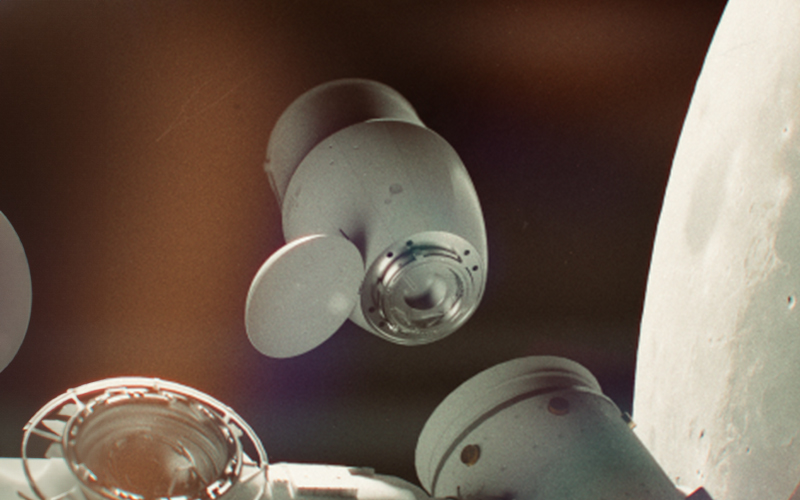
The Exploration Company has announced that it has completed a hot fire test campaign of the second prototype of its Huracan engine. Once operational, the engine will be used aboard the company’s Nyx Moon spacecraft.
In early February, The Exploration Company announced that it had completed a hot fire test of the second iteration of the Huracan Thrust Chamber Assembly (TCA) on the P8 test bench at the DLR propulsion testing facility in Lampoldshausen. The test was significant as it was the first time that liquid methane replaced water as the engine’s coolant, which more closely matches the conditions under which it will operate during a mission. During the test, the cooling system performed better than expected, which ultimately resulted in degraded combustion efficiency.
In a 2 June update, the company revealed that over the month following that initial test, it worked together with the DLR Institute of Space Propulsion to devise and test various setup modifications that ultimately allowed teams to recover the high combustion efficiencies achieved during the previous test campaign.
During this engine tuning campaign, a total of ten hot fire tests were conducted, and a total burn time of over 520 seconds was achieved. The longest single hot fire test lasted for almost two minutes. According to the company, the tests have given it more confidence in the engine’s regenerative cooling design.
With the lessons learned from this iteration of the Huracan engine, The Exploration Company has already moved ahead with the manufacture of the next prototype. While the company did share that testing of this third prototype will begin soon, no specific dates or timelines were included in the update.
Nyx Moon

According to The Exploration Company’s website, Nyx Moon is a variant of the company’s reusable spacecraft that will be used for missions to lunar orbit and the surface of the Moon. While it does not outline specifics for lunar surface missions, the company claims that Nyx Moon will be capable of delivering 5,000 kilograms in cargo to the planned lunar Gateway space station and returning 2,000 kilograms back to Earth at a cost of $400 million per mission.




